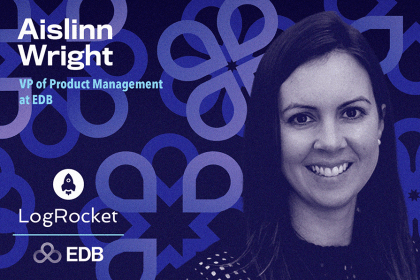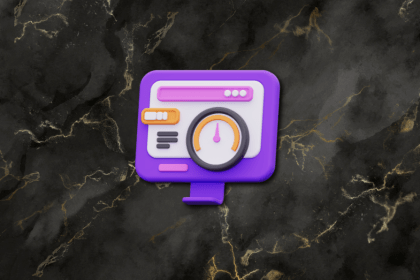
Shayani Roy talks about balancing innovation with speed, thoughtfulness, and commitment to solving customer problems.

Explore six of the best, easiest, most configurable, and convenient CSS animation libraries available in 2025.

Behind every smooth user journey is a content designer shaping the words, structure, and flow. Here’s how they do it.

Jim Ferguson shares how he led an initiative to rethink RVO Health’s patient review process and automate it with AI.

Jean-Yves Simon, Chief Product Officer at AB Tasty, discusses the importance of solving a need users don’t even know they have.

UX isn’t just about pretty screens anymore. It’s about shaping how AI systems behave, respond, and earn user trust.

When it comes to implementing product management skills into your role you often need someone more senior than you to ask questions.

Michael Tuccinard discusses his efforts working with organizations to change perspectives and tactics around user experience.

Aislinn Wright talks about pillars that have shaped her product strategy, including open-mindedness and always asking why.

Some say AI will replace designers. Others say it’s just hype. The truth? Somewhere in between. Let’s sort signal from noise.

Ryan Poppa, Senior Director of Product Management at DNSFilter, shares the importance of not being afraid to say no to customer feedback.

Get strategic with your design process. This blog walks through 15 UX frameworks, categorized and summarized for fast, informed decision-making.